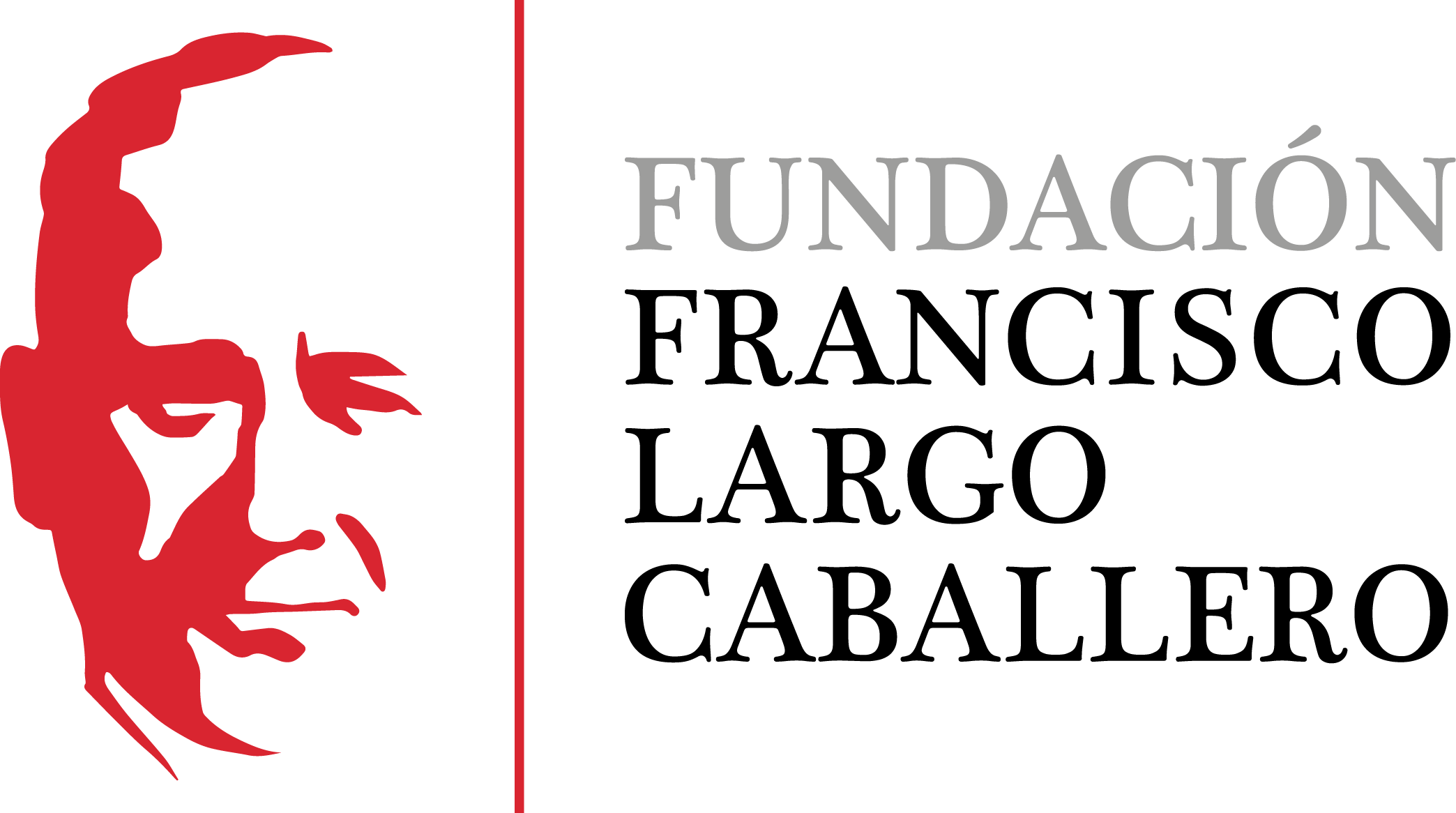From the Feudal Monarchy to the Liberal Monarchy, 1830-1867. The Hungarian Nobility: resistance of the noble estates, liberal radicalism, moderate reformism
DOI:
https://doi.org/10.69791/rahc.64Keywords:
Noble class, heterogeneous composition, noble comitat, territorial integrity, Hapsburg MonarchyAbstract
The study presents the role of the hungaian nobility during the process of the liberal changes in the XIXth century. We can get a view about the special and heterogeneous composition of the nobel class and their aims of modest or radical modernization of the hungarian state. The author distinguishes three diferent temporary terms between 1830-1867 and highlights the importance of the subject in terms of a noble comitat affiliation with, the territorial integrity of Hungary and the country’s position within the Habsburg Empire.
Downloads
Global Statistics ℹ️
|
106
Views
|
19
Downloads
|
|
125
Total
|
|
Downloads
Published
How to Cite
Issue
Section
License
Copyright (c) 2018 Viktória Semsey

This work is licensed under a Creative Commons Attribution 4.0 International License.
Alcores is an open-access journal. It provides unrestricted access to its content from the moment of publication. We respect intellectual property rights, and for this reason, the author retains the copyright. All content is distributed under a Creative Commons Attribution 4.0 International (CC BY 4.0) license. The terms of the license can be consulted at: https://creativecommons.org/licenses/by/4.0/
This license allows sharing (copying and redistributing the material in any medium or format) and adapting (remixing, transforming, and building upon the material for any purpose), provided that authorship and first publication in this journal are properly credited, a link to the license is included, and any changes made are indicated.
This type of license facilitates the freedom of reuse and ensures that the content of this journal can be used to meet research needs.





